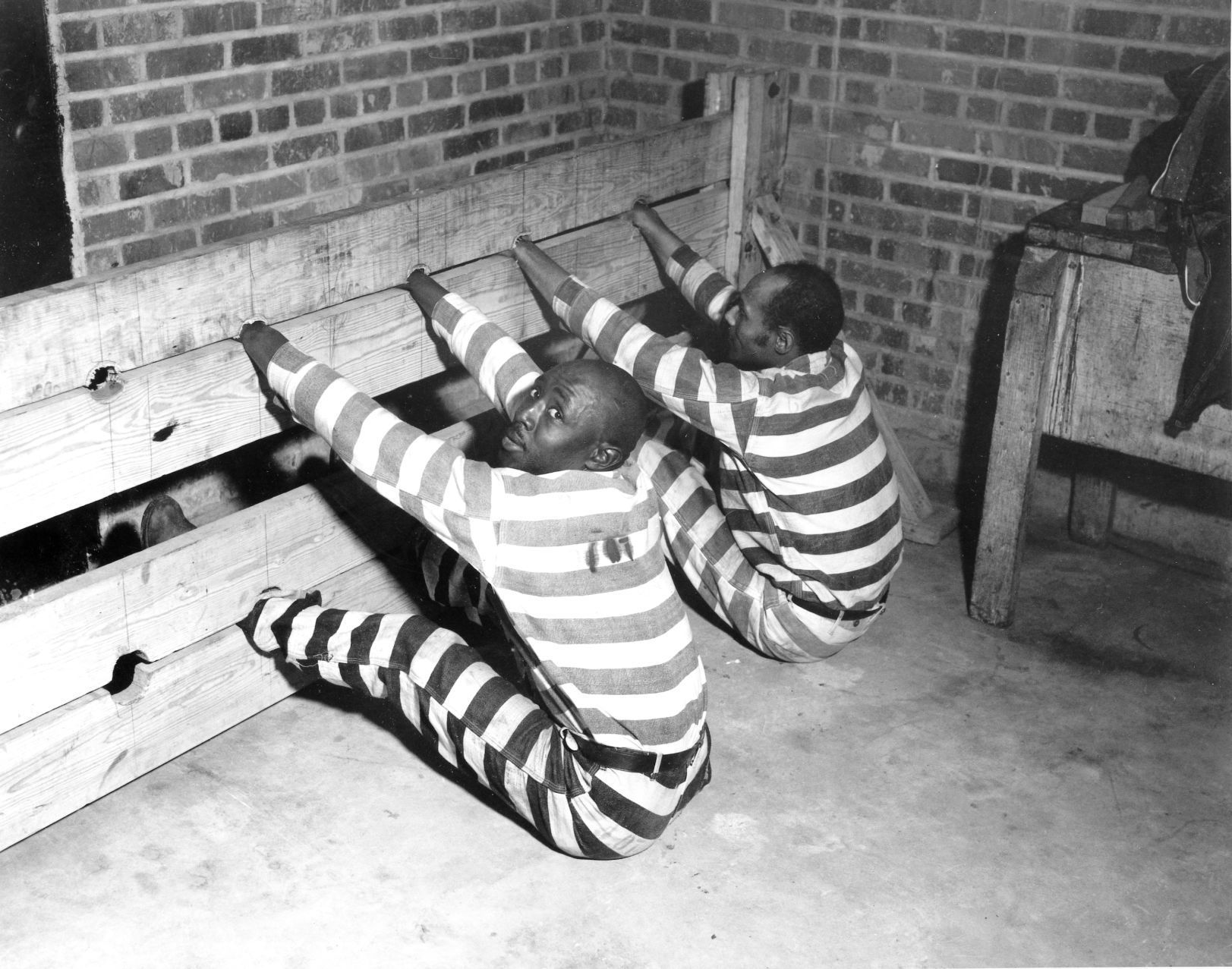

Through this system, bidders paid an average $25,000 a year to the state, in exchange for control over the lives of all of the prisoners. 3Ī system of convict leasing was developed to allow white slave plantation owners in the South to literally purchase prisoners to live on their property and work under their control. As a result of Black Codes, the percentage of African Americans in prison grew exponentially, surpassing whites for the first time. Through the enforcement of these laws, acts such as standing in one area of town or walking at night, for example, became the criminal acts of “loitering” or “breaking curfew,” for which African Americans were imprisoned. When slavery was legally abolished, a new set of laws called the Black Codes emerged to criminalize legal activity for African Americans. Now expanded to 18,000 acres, the Angola plantation is tilled by prisoners working the land-a chilling picture of modern day chattel slavery. In 1880, this 8000-acre family plantation was purchased by the state of Louisiana and converted into a prison. Louisiana’s famous Angola Prison illustrates this history best. In the late 19th-century South, an extensive prison system was developed in the interest of maintaining the racial and economic relationship of slavery.

Prisons were built in the South as part of the backlash to Black Reconstruction and as a mechanism to re-enslave Black workers. In 1865, the 13th Amendment officially abolished slavery for all people except those convicted of a crime and opened the door for mass criminalization. While the model prison in the United States was built in Auburn, New York in 1817, it wasn’t until the end of the Civil War, with the official abolition of slavery, that the prison system took hold. Punishment for crime consisted of physical torture, referred to as corporal or capital punishment. Before the abolition of slavery there was no real prison system in the United States.

To understand the conditions that have allowed such an exploitative industry to develop, we have to look at the origin of the United States prison system itself. “We propose that (Nike) take a look at their transportation costs and their labor costs,” Oregon State Representative Kevin Mannix explained in an interview with researcher Reese Erlich, “We could offer prison inmate labor” in Oregon. In fact, the conditions for the overwhelmingly Black and Latino men and women inside the United States prison system are so similar to that of workers in the maquiladoras and sweatshops of the global South that in 1995, Oregon politicians were even courting Nike to move their production from Indonesia into Oregon prisons. Prisoners are not protected by minimum wage laws or overtime, and are explicitly barred from the right to organize and collectively bargain.
#State property chain gang vol 2 download free
United States Prisons mirror Free Enterprise Zones in Africa, Asia, and Latin America the prison is a reflection of the Third World within the United States. Prisoners make shoes, clothing, and detergent they do dental lab work, recycling, metal production, and wood production they operate dairies, farms, and slaughterhouses.

Prisoners do everything from textile work and construction, to manufacturing and service work. There are currently over 70 factories in California’s 33 prisons alone. It may surprise some people that as the number of people without jobs increases, the number of working people actually increases-they become prison laborers. The mid-1970s is also the first period when the incarceration rate in the United States began to rise, doubling in the 1980s, and doubling again in the 1990s. As the economic role of the working class in the United States shifted from manufacturing to staffing a rising service industry, African American workers faced staggering rates of unemployment. In the early 1970s, the United States and the G7 nations began implementing neoliberal policies, moving production from the North to the global South, pushing entire sectors of workers in the United States out of the economy. Over the last three decades, the explosion of the prison population in the United States paralleled the stagnation in the global economy.


 0 kommentar(er)
0 kommentar(er)
